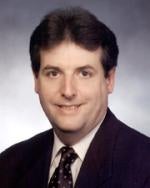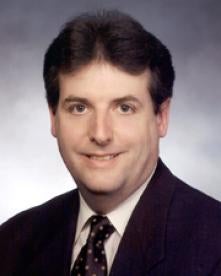The U.S. Patent and Trademark Office (USPTO) recently released new rules for professional conduct that take effect on May 3, 2013. See 78 Fed. Reg. 20180 (April 3, 2013). The new rules are largely based on the American Bar Association’s (ABA) Model Rules of Professional Conduct. Noting that 50 U.S. jurisdictions (49 states and Washington, D.C.) have adopted the ABA model rules, the USPTO explained the new rules provide attorneys with consistent professional conduct standards and large bodies of both case law and opinions written by disciplinary authorities that have adopted the rules. While professional conduct and disciplinary opinions from the various state bars may be useful, the USPTO explained they would not be binding precedent, as the USPTO would be its own jurisdiction.
The new rules largely track the numbering of the ABA Model Rules. For example, USPTO Rule 11.101 parallels ABA Model Rule 1.1 and USPTO Rule 11.102 parallels ABA Model Rule 1.2, and so on.
There are several important distinctions between the USPTO Professional Conduct Rules and the ABA Model Rules. The USPTO did not include portions of the ABA Rules that are not relevant to practice before the USPTO, but did include other rules not in the ABA Rules that are specific to USPTO practice. For example, there are no references to criminal law issues in the USPTO Rules. On the other hand, the USPTO retained the requirement that patent practitioners disclose to the USPTO all information necessary to comply with the duty of disclosure rules.
In other rulemaking, the USPTO recently implemented several technical corrections to the America Invents Act (AIA) that were enacted January 14, 2013. In one correction, the USPTO specified that the 14-month period within which the USPTO must issue a notice of rejection or notice of allowance and the three-year application pendency period for determining patent term adjustment (PTA) are to be measured from the same date, i.e., the date of filing the application under 35 U.S.C. § 111 or the commencement of the national stage under 35 U.S.C. § 371. In another correction to the PTA, applicants can extend the period for requesting reconsideration of the PTA determination from two months up to seven months after patent grant via extensions of time in accordance with 37 C.F.R. § 1.136.
Furthermore, the USPTO eliminated the nine-month dead zone for filing inter partes review of first-to-invent patents. As originally enacted, the AIA permitted the filing of a request for inter partes review nine months after issue for all patents (first-to-invent and first-to-file), and post-grant review of first-to-file patents only within the first nine months from date of issue. This created a nine-month dead zone for challenging first-to-invent patents. Under the AIA technical corrections, an inter partes review request can now be filed without waiting nine months in first-to-invent patents. It is still necessary, however, to wait nine-months to file an inter partes review in first-to-file patents.




 i
i


